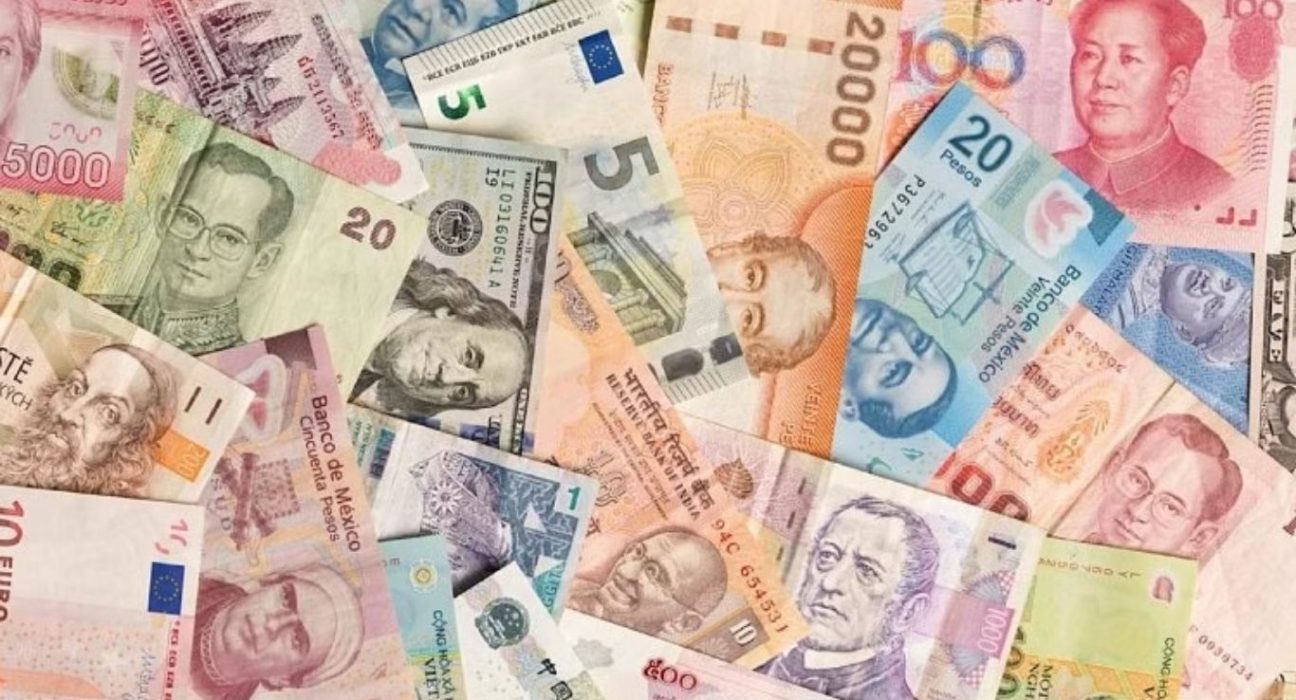Asian currencies have slipped amid concerns over economic growth in the region, with doubts persisting over the potential for recovery this year. The Australian dollar was one of the currencies to be affected, dropping by 0.3% following the Reserve Bank of Australia’s decision to hold interest rates. This article examines the factors behind the currency dips and explores the implications for the wider region.
Economic Growth Uncertainty
There are a number of factors behind the current uncertainty over economic growth in Asia. These include the ongoing impact of the COVID-19 pandemic, geopolitical tensions and supply chain disruptions. Many countries in the region are also struggling with high levels of debt, which could further impact their ability to recover from the pandemic.
The Australian Dollar
One of the currencies affected by the uncertainty is the Australian dollar. Following the Reserve Bank of Australia’s decision to hold interest rates, the currency lost 0.3%. The bank stated that it was waiting to see the full effects of its year-long rate hike cycle on the economy, and that inflation had likely peaked after hitting an over 30-year high in December.
The Australian economy has been showing signs of recovery, with GDP growth expected to be 4.5% in 2021. However, the RBA’s decision to hold interest rates indicates that there are still concerns about the potential for the recovery to be sustained over the longer term.
Other Asian Currencies
The Australian dollar is not the only currency to have been affected by the current economic uncertainty. Other Asian currencies have also seen dips in recent days. This includes the Singapore dollar, which has lost ground against the US dollar, and the Chinese yuan, which has also weakened.
The ongoing trade tensions between the US and China have been a key factor in the depreciation of the yuan. The Chinese government has been working to promote the use of the yuan as a global currency, but concerns about the country’s trade policies have continued to weigh on investor confidence.
Looking Ahead
The current uncertainty over economic growth in Asia is likely to continue for some time. The ongoing impact of the COVID-19 pandemic, geopolitical tensions and supply chain disruptions all pose significant challenges for the region. However, there are also reasons to be optimistic, with many countries in the region showing signs of recovery.
For investors, the key will be to monitor the situation closely and to stay informed about any developments that could impact the region’s economies. The current dips in Asian currencies may present opportunities for savvy investors to make gains, but caution is advised given the volatility of the market.
In conclusion, the current uncertainty over economic growth in Asia has led to dips in many currencies in the region, including the Australian dollar. While there are reasons to be optimistic about the potential for recovery, ongoing challenges such as the impact of COVID-19 and geopolitical tensions mean that caution is advised for investors. By staying informed and monitoring the situation closely, investors may be able to take advantage of opportunities as they arise.










